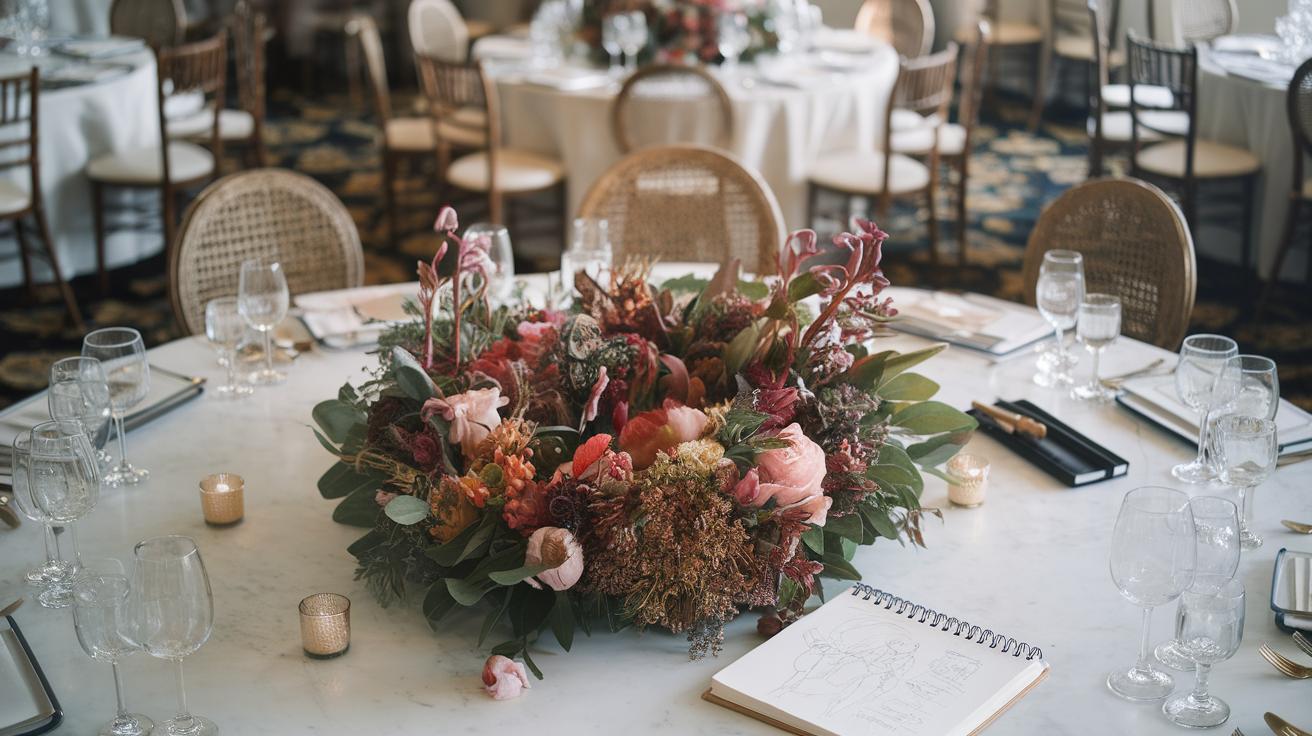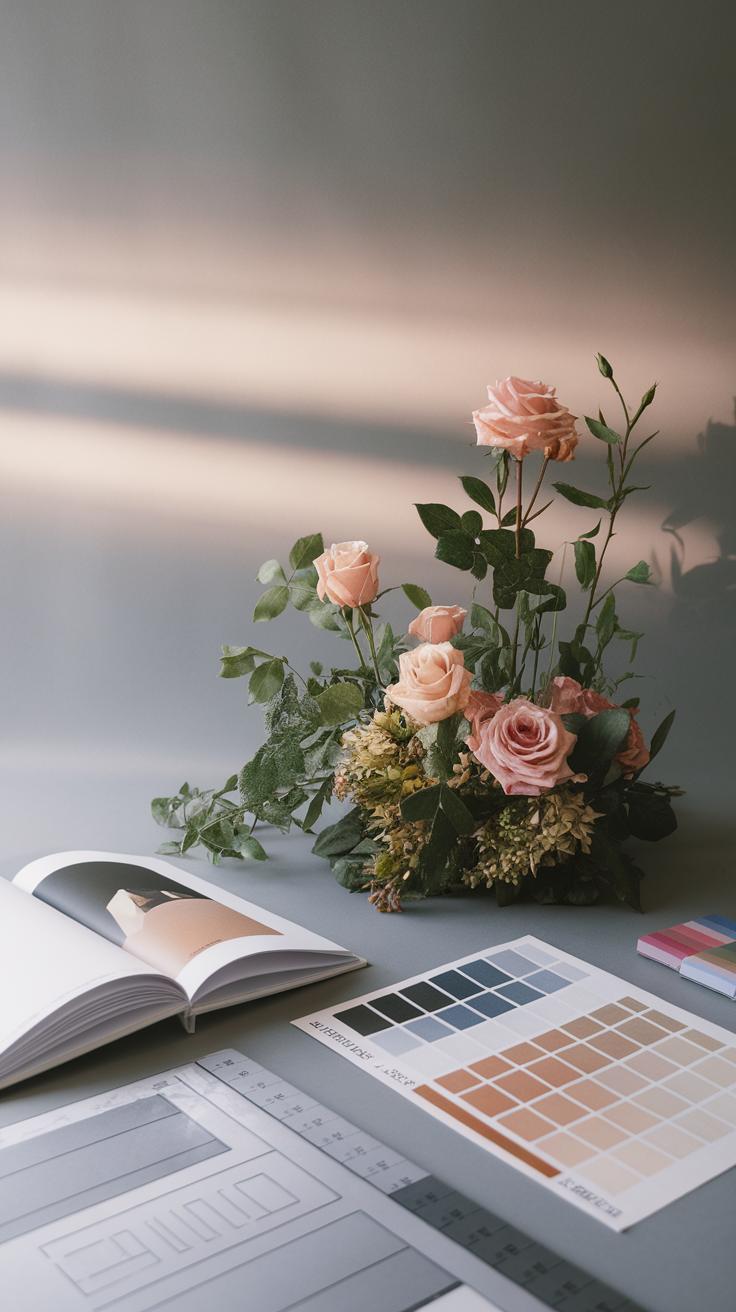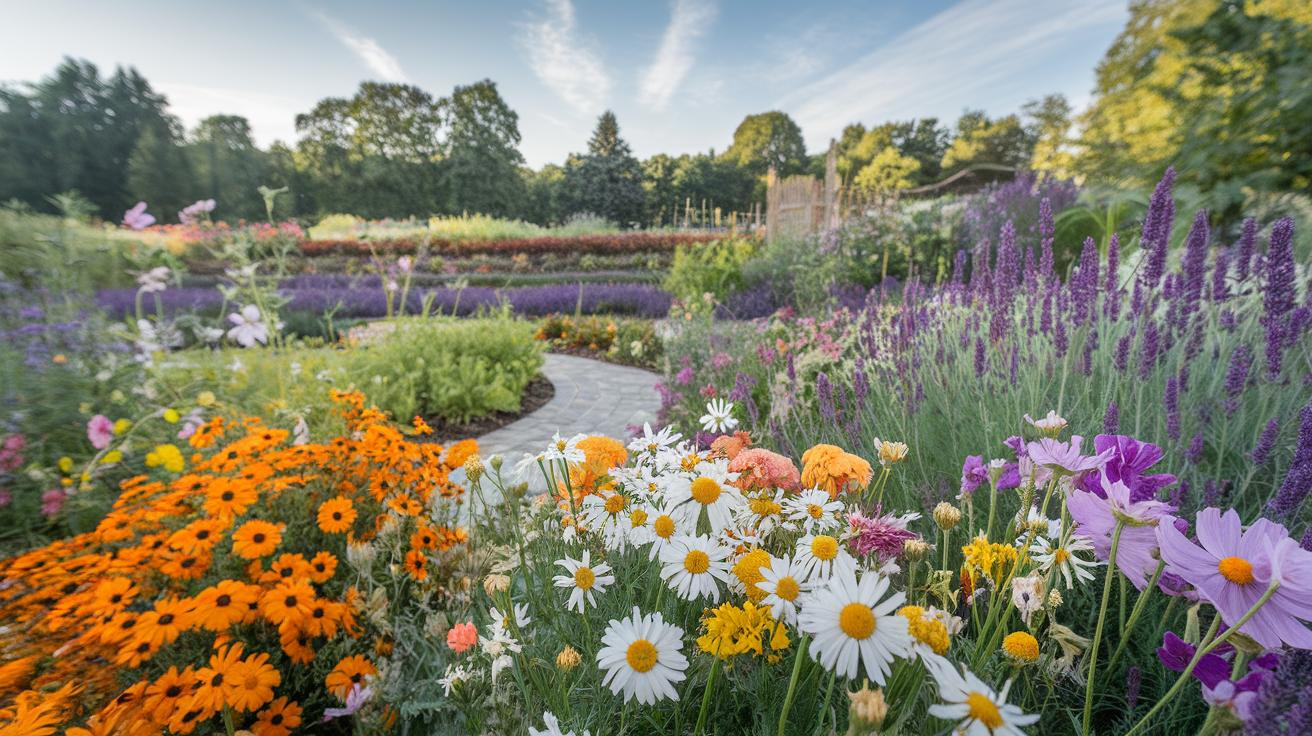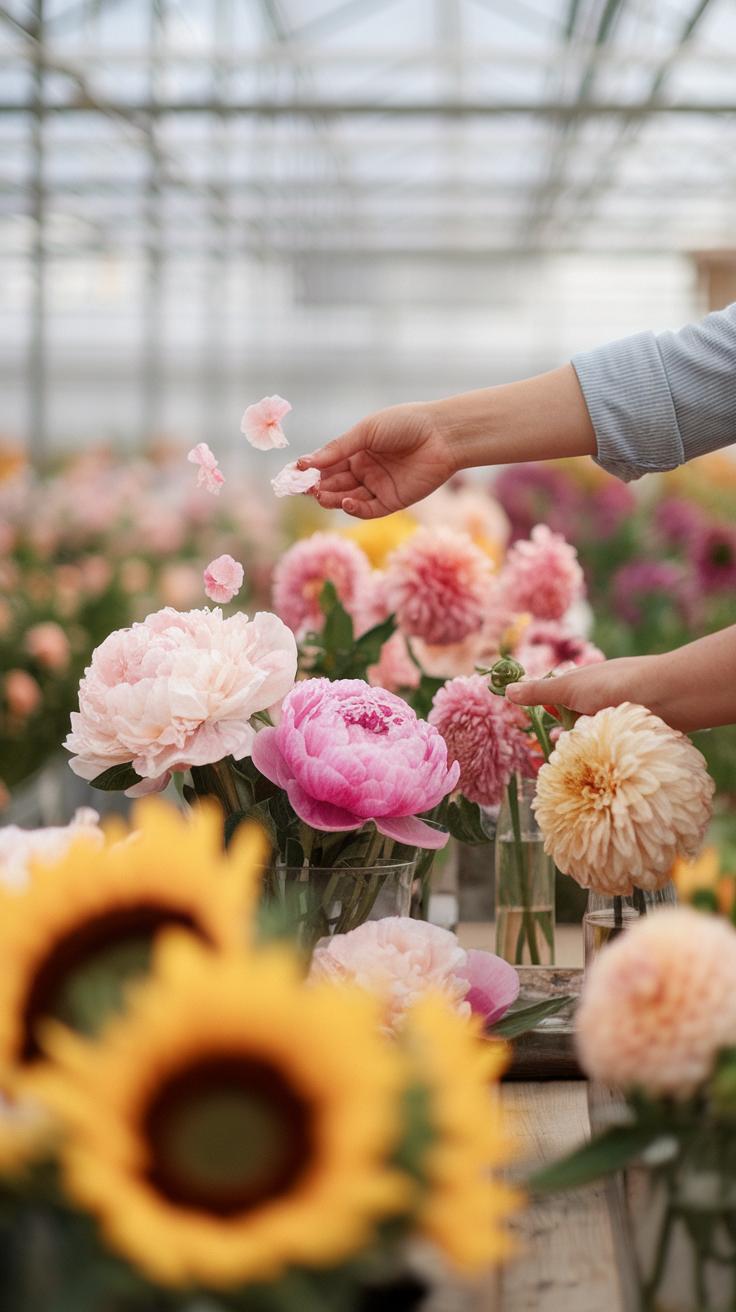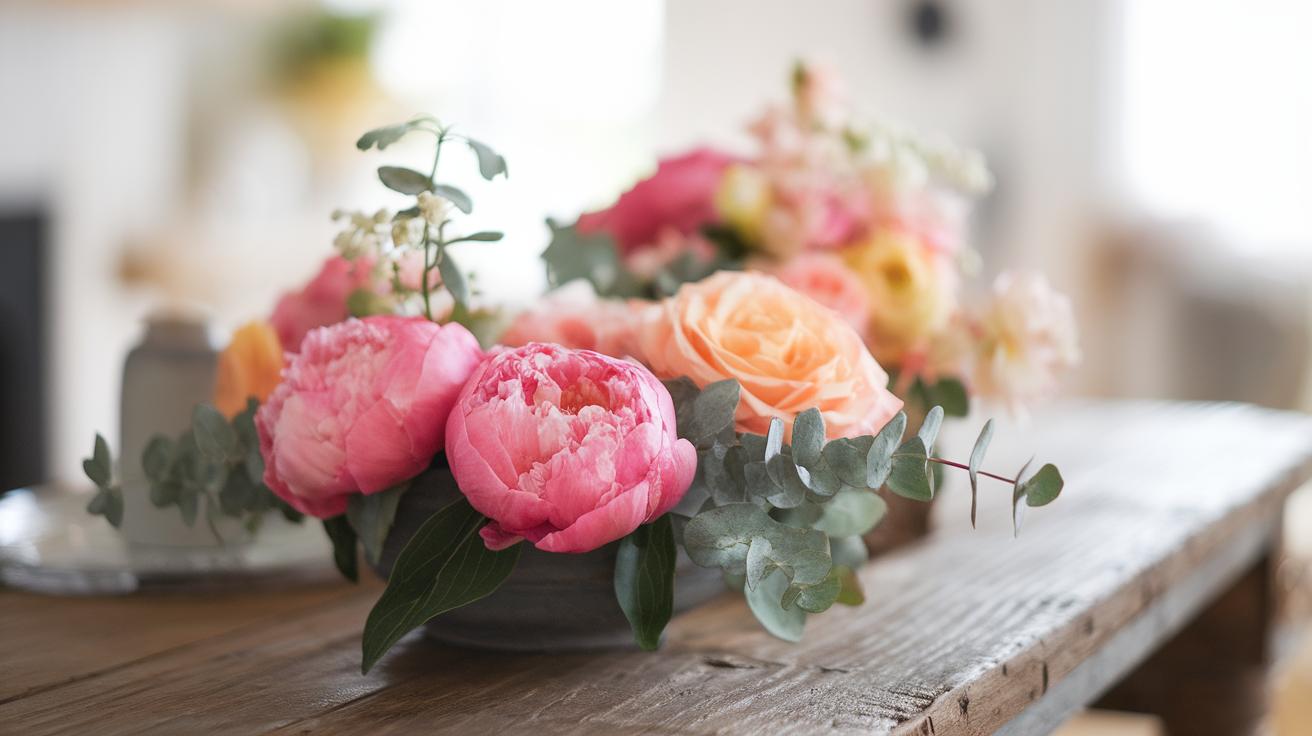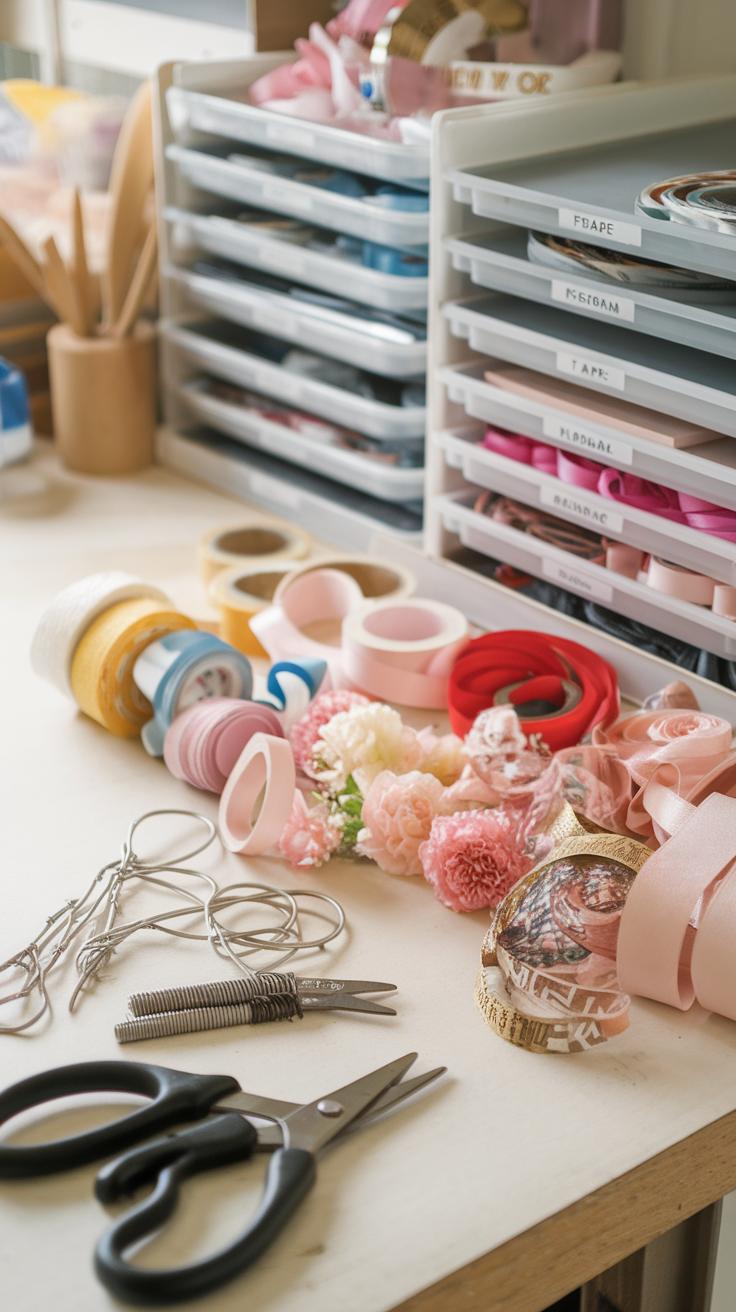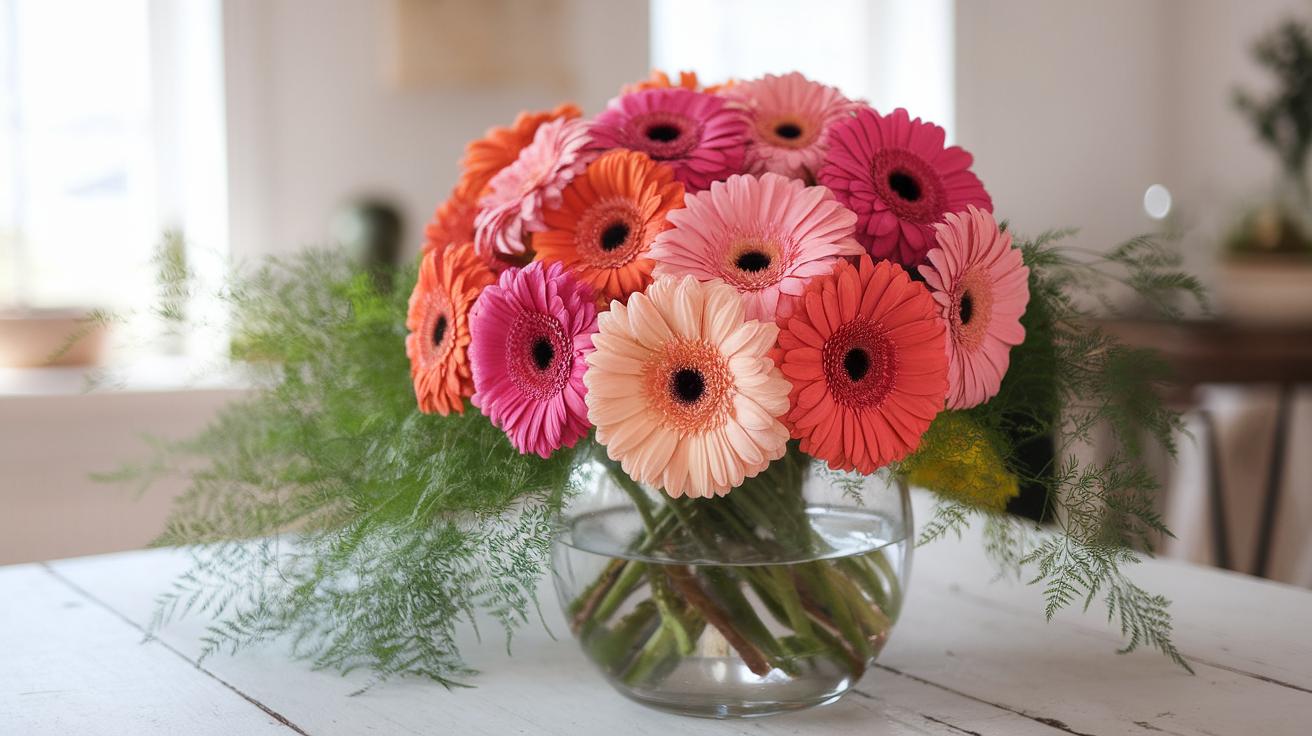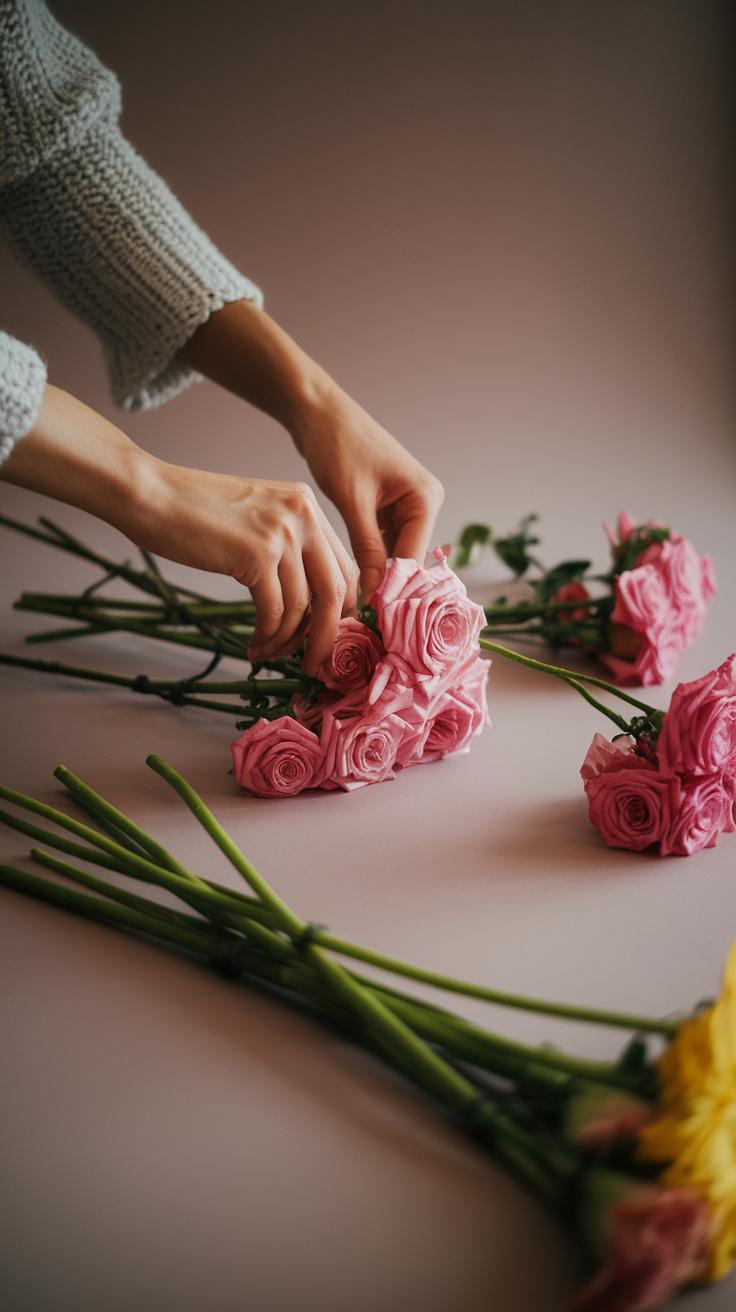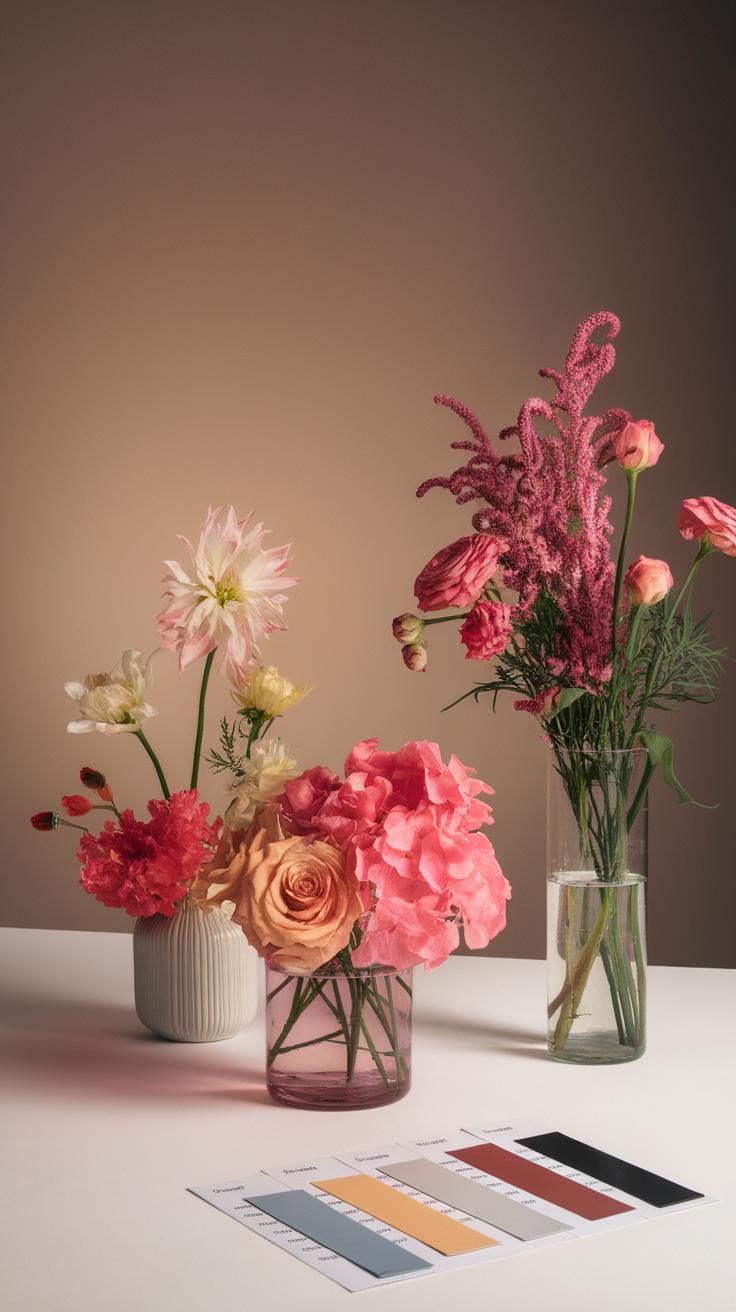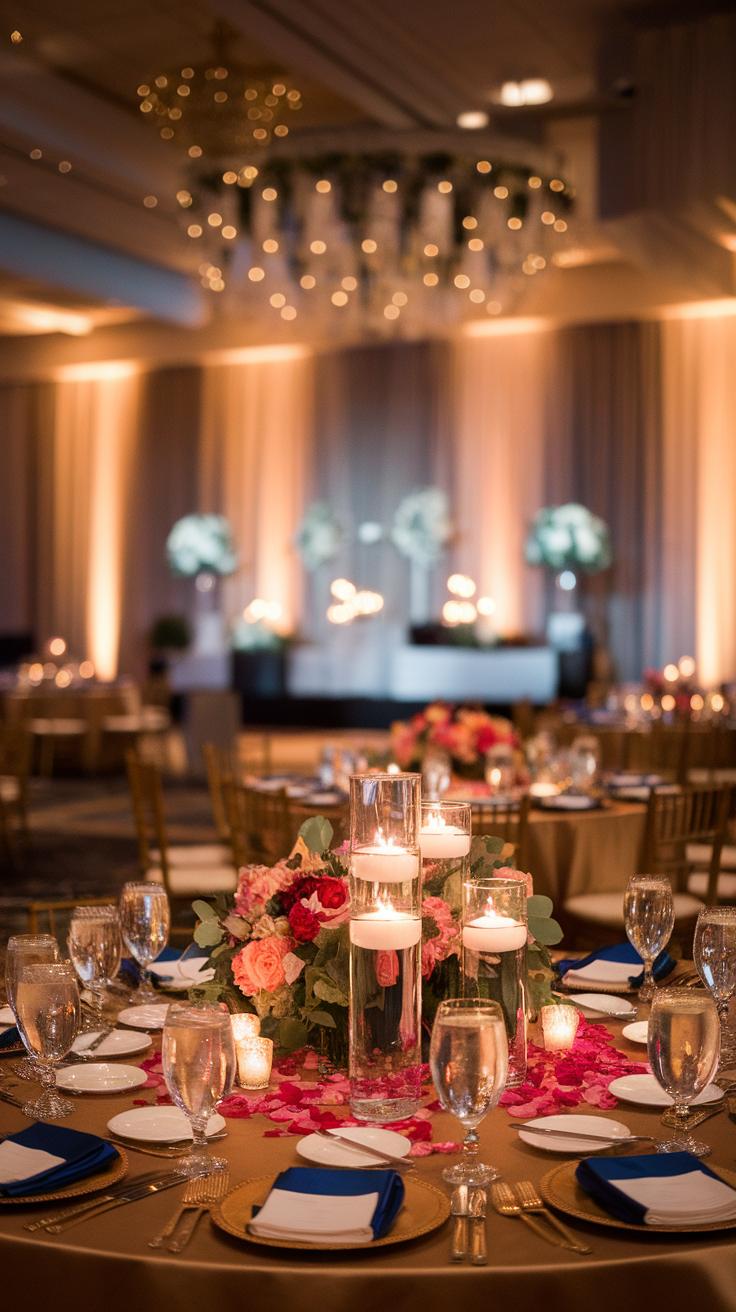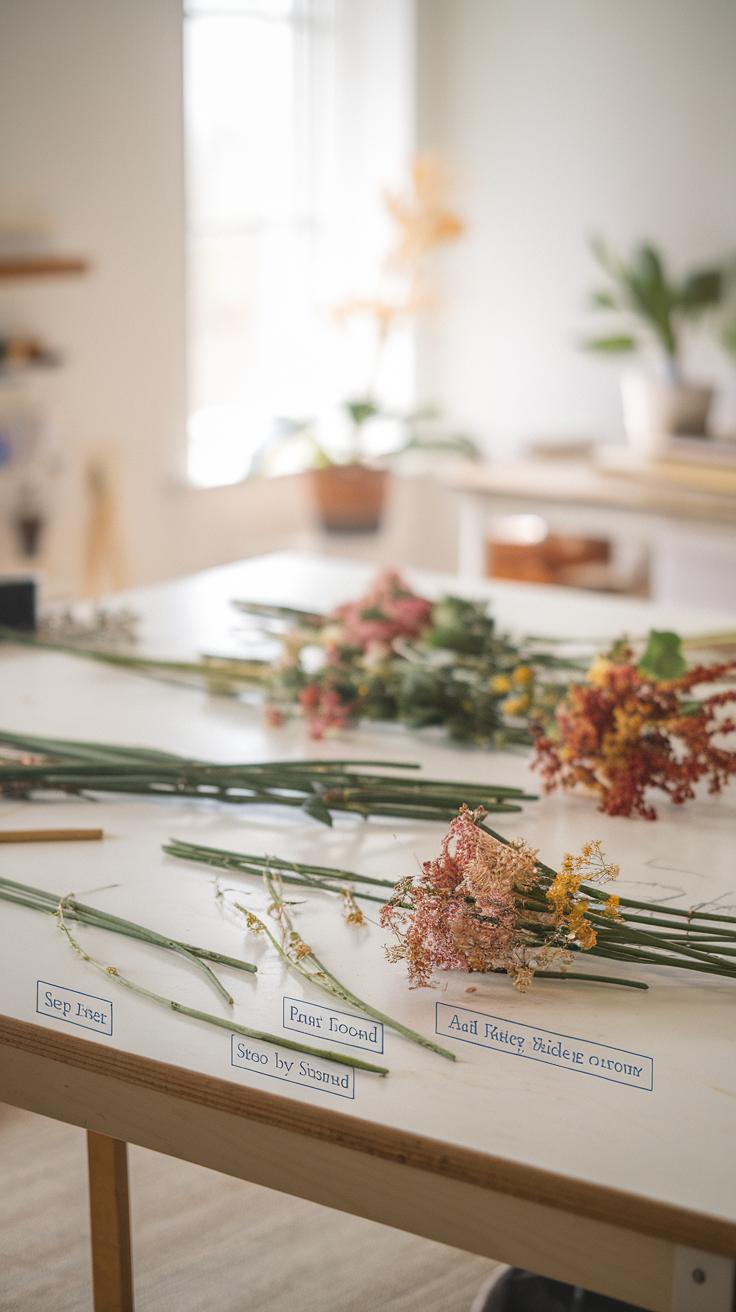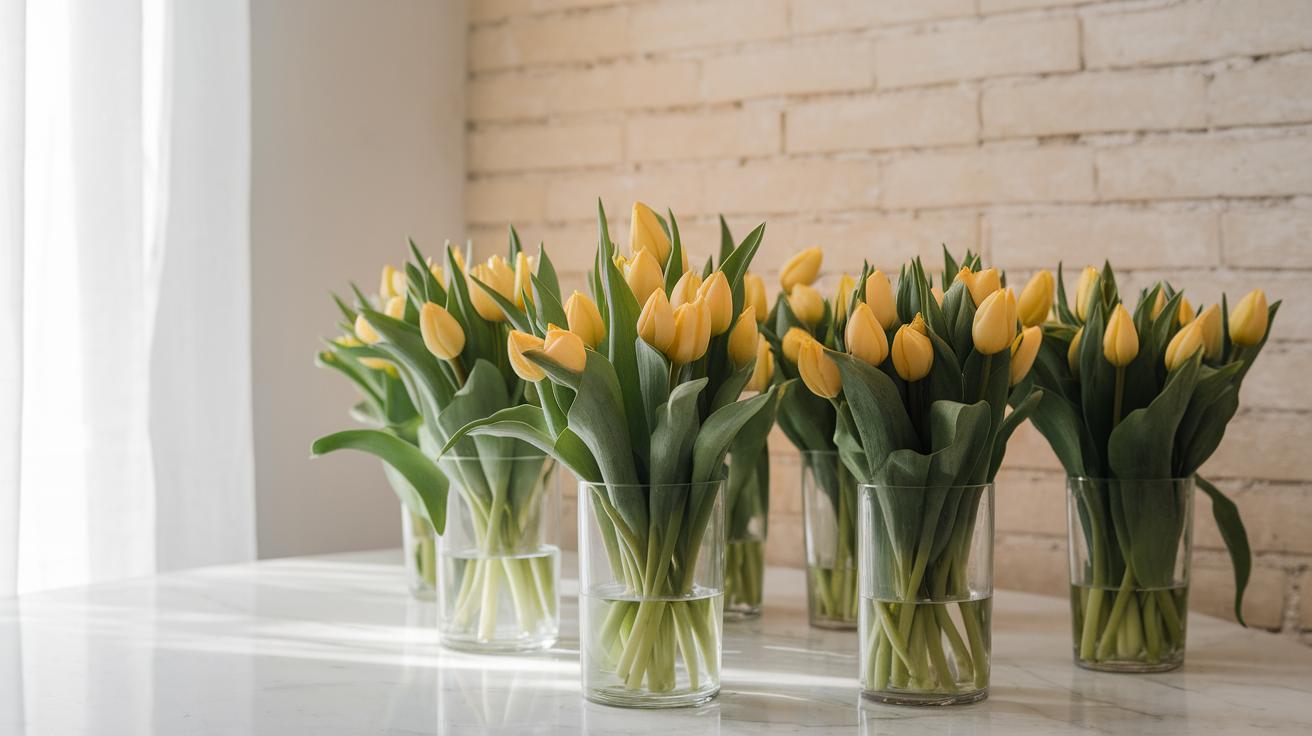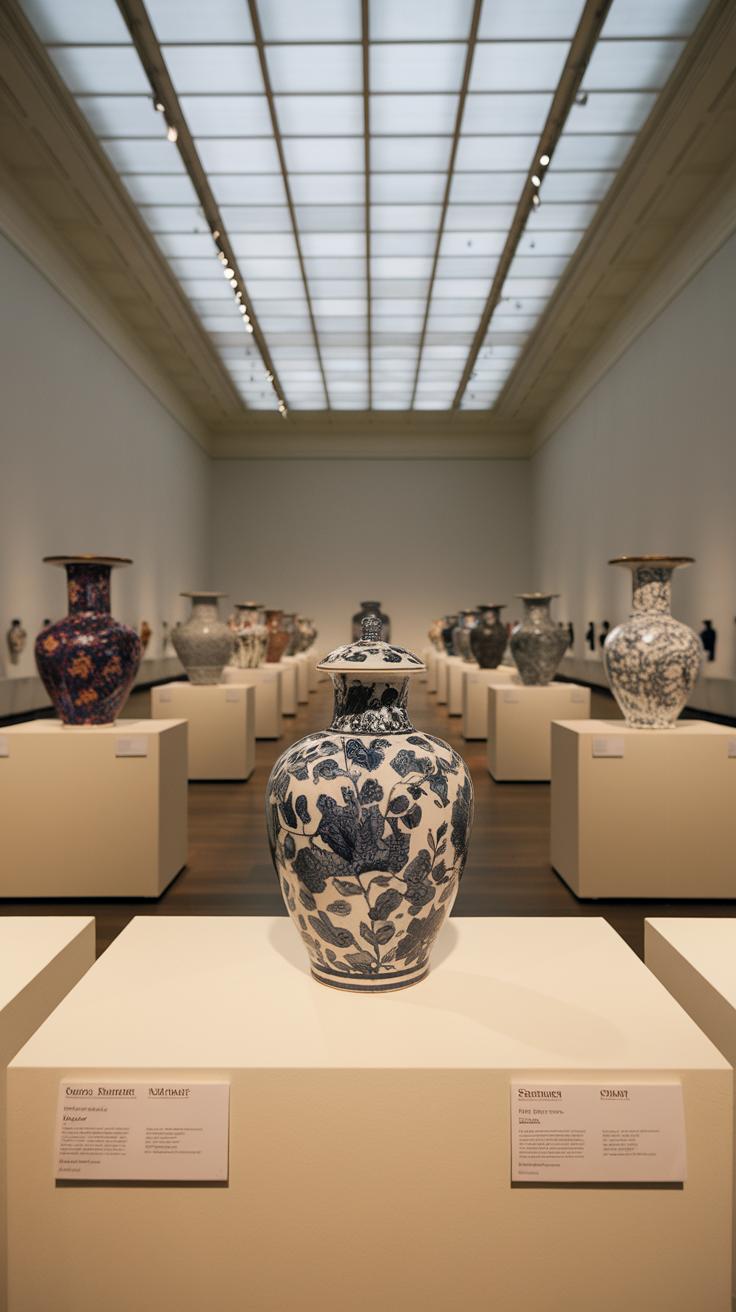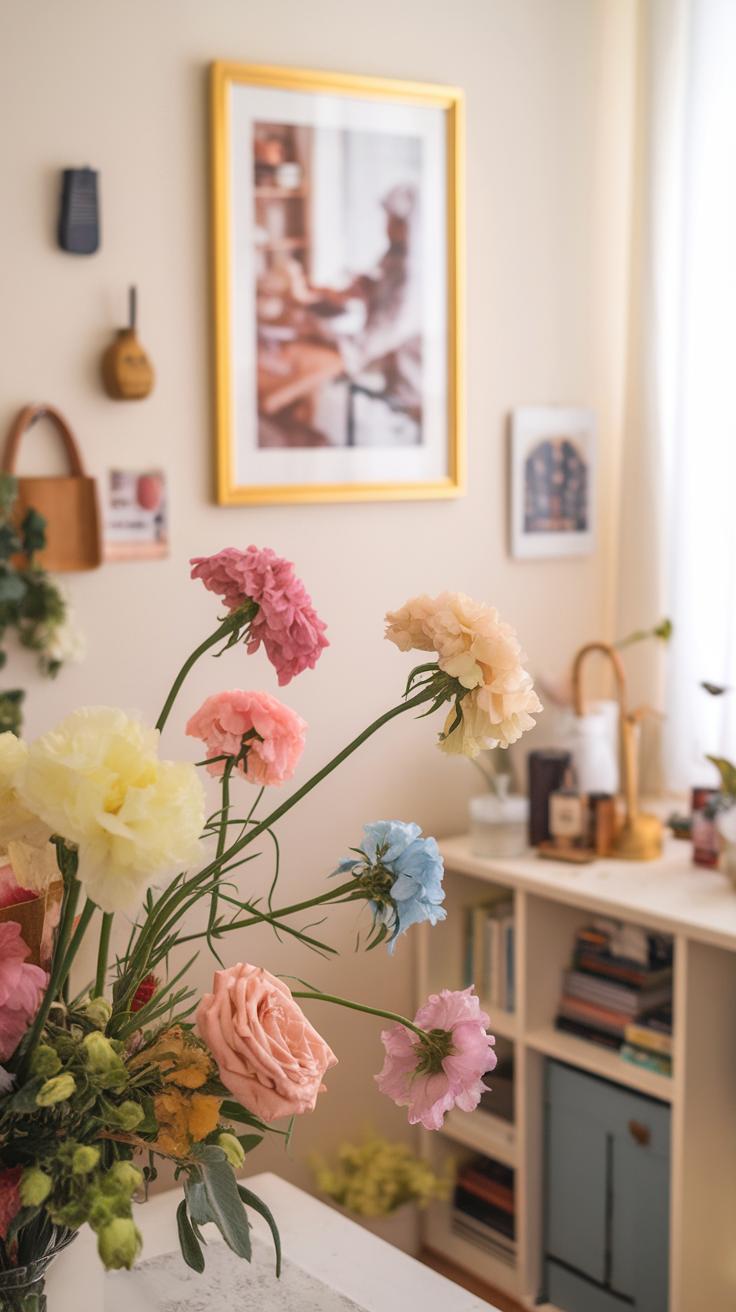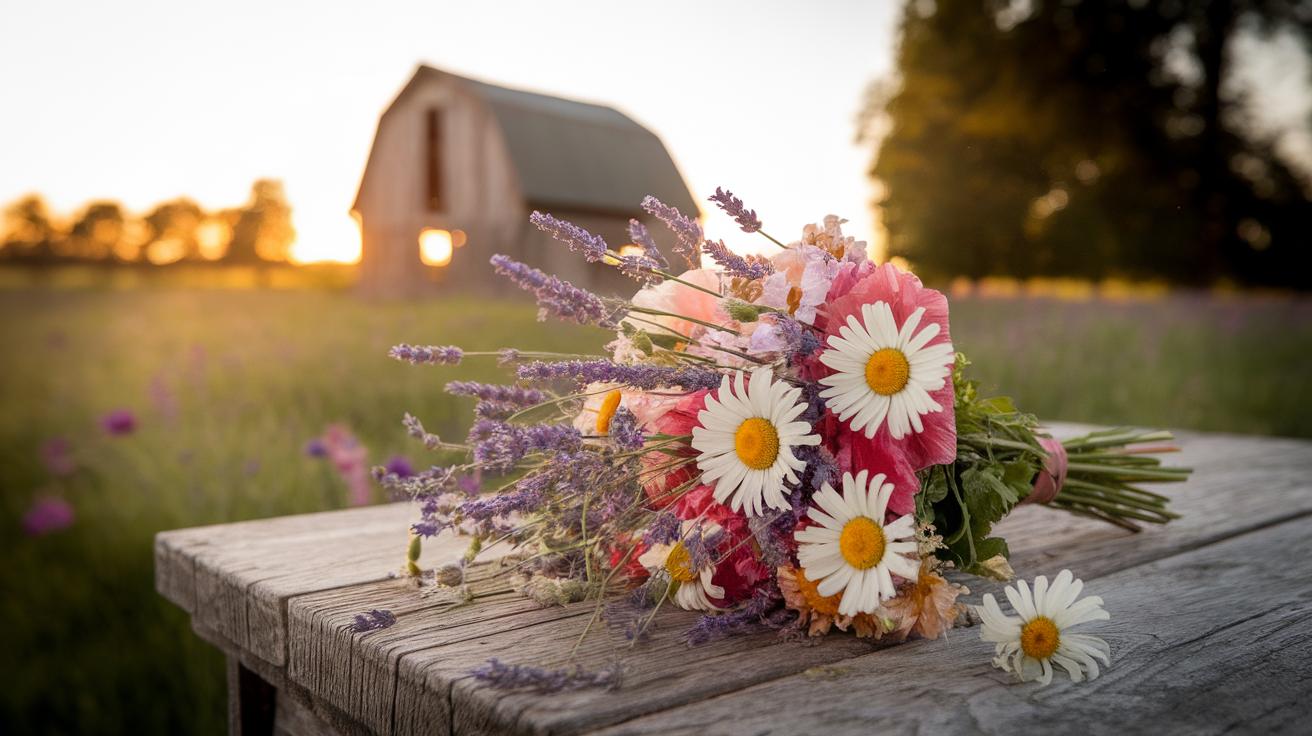Introduction
Creating floral arrangements is an enjoyable and fulfilling activity. Whether decorating for a special occasion or adding a touch of nature to your home, understanding the art of floral design is essential. This guide delves into the world of floral arrangements, showing you not just how to make them, but also how to make them captivating and personal. You’ll learn techniques, styles, and tips that will improve your skills and confidence in arranging flowers.
Floral arrangements are more than just placing flowers in a vase. They are a balance of colors, shapes, and textures. The right arrangement can breathe life into any space. This article covers essential elements, design principles, and practical tips for creating stunning centerpieces that will impress your guests and enhance any setting.
The Basics of Floral Design
Balance, Proportion, and Harmony
Creating stunning floral arrangements involves understanding key principles. Balance gives your arrangement structure. Use symmetrical designs for formal looks and asymmetrical designs for a more casual vibe. Proportion refers to the relationship between the flowers and the container. A large vase should hold sizable blooms, while a small jar looks best with petite flowers. Harmony involves blending colors and textures to create a unified piece.
Choose colors that complement each other. For instance, yellow and purple work well together. Why do these elements matter? They ensure your centerpiece looks pleasing and draws attention. When you practice these principles, your floral arrangements will shine and enhance your space. Want to try a new arrangement? Start with a few basic flowers and focus on balance.
Choosing the Right Flowers
Selecting flowers plays a key role in the success of your arrangements. Consider color first. Look at your space and think about the mood you want to create. Bright colors can energize a space, while soft hues offer calmness. Think about using a color wheel to help choose complementary shades.
Seasonality matters too. Choose flowers that are in season for better freshness and lower cost. For example, peonies bloom in late spring, while sunflowers shine in summer. This knowledge helps you plan arrangements that reflect the time of year.
Size influences how your arrangement fits into the setting. Taller flowers work well in larger spaces, while small blooms suit intimate settings. You can mix different sizes for added interest. How can you combine flowers of varying heights in your design?
Always consider the shape and texture of the flowers. Rounded blooms like hydrangeas contrast nicely with the sleek lines of orchids. This balance in shape enhances the overall look. What combination can you create to make your centerpiece truly pop?
Tools and Supplies Needed
Mastering floral arrangements requires the right tools and supplies. Start with sharp scissors. They ensure clean cuts on stems, which help flowers absorb water better. A good pair can save time and frustration.
Floral foam is another valuable item. This material holds flowers in place and keeps them hydrated. Soak it in water before placing it in your chosen container. It gives your arrangement structure and stability.
You will also need vases. Choose various sizes and shapes to suit different arrangements. A tall vase works for lengthy stems, while a short one suits more compact designs. You want your choice to complement the flowers.
Don’t forget floral tape and wire. Use tape to secure arrangements and wire to support delicate stems. These tools add to the overall stability of your masterpiece. What tools do you think you will use most often?
Techniques for Arrangement
Layering is a key technique in floral design. This involves placing flowers in different layers or heights. Start with larger blooms at the base and gradually introduce smaller, delicate flowers on top. This creates depth and interest in your arrangement. For example, use sunflowers to form the foundation, followed by daisies, and top with baby’s breath. The variety adds texture and fullness.
Grouping your flowers helps create a visually balanced arrangement. Consider placing flowers of the same variety together. Doing so draws the eye and creates clusters of color. You might group three or five roses in one section, making them a focal point while spreading other flowers around them for contrast.
Incorporating rhythm into your design guides the viewer’s eye throughout the arrangement. You can achieve this by repeating shapes, colors, or patterns within your flowers. If you have white lilies, for example, place them at intervals across the arrangement to create a sense of movement.
Different Styles of Arrangements
Traditional Designs
Traditional floral arrangements often feature a classic shape and color palette. You will notice symmetrical designs with a balanced mix of flowers. Roses, lilies, and tulips frequently dominate these arrangements. Consider using greens like ferns and ivy to fill in gaps. A round bouquet for a wedding or an elegant centerpiece for a formal dinner reflects this style. Think about how such designs can highlight milestones or celebrations in your life.
Modern Designs
Modern floral arrangements break away from symmetry. They emphasize creative shapes, lines, and colors. You can mix unusual elements like succulents and branches with traditional blooms. Colors may clash, creating vibrant visual interest. A low, rectangular centerpiece for a dining table can bring a sleek look to any setting. Ask yourself how these arrangements can showcase your personality or the mood you want to create.
Whimsical Designs
Whimsical arrangements celebrate playfulness and spontaneity. You might choose unexpected flowers and colors that do not match. Incorporating unique containers can add charm. A wildflower bouquet or an arrangement that appears ‘thrown together’ fits perfectly in informal settings. Consider how such playful designs can lighten the atmosphere at parties or gatherings. Which style resonates with your creative instincts and the feelings you wish to evoke in your space?
Caring for Your Arrangements
The Importance of Care
Taking care of your floral arrangements helps keep them vibrant and beautiful longer. With proper attention, you can enjoy your centerpieces for days or even weeks. Simple practices make a big difference in the lifespan of your flowers.
Watering and Trimming
Watering is key. Use clean, lukewarm water for best results. Change the water every couple of days, and trim the stems at an angle before placing them back. This ensures better water absorption. Remove any wilted leaves or blooms to keep the arrangement looking fresh. It also prevents mold and bacteria.
Placement Matters
Think about where you place your arrangements. Keep them out of direct sunlight and away from heat sources. A cool spot helps keep flowers looking their best. You might notice that flowers in shaded areas last longer than those in bright light.
Arranging for Special Occasions
Weddings and Anniversaries
When considering floral arrangements for weddings, focus on the couple’s style. Use flowers that resonate with their colors and theme. Classic choices include roses and lilies. For an outdoor wedding, wildflowers create a natural feel. Incorporate greenery for balance. Use centerpieces that match the guests’ tables. Will you go for tall arrangements that make a statement or low arrangements that allow conversation? Select blooms that are in season to save on costs. For anniversaries, consider personal touches like the couple’s wedding flowers. Arrange them in a vase that reflects their journey.
Birthdays and Holidays
Birthday arrangements should showcase the celebrant’s personality. Choose bright colors and lively flowers for a young child’s party. For adults, consider sophisticated arrangements with seasonal blooms. Think about incorporating elements like balloons or candles for added flair. During holidays, adjust your designs to fit the theme. Christmas brings opportunities for pine and holly, while Thanksgiving can showcase rustic flowers and fruits. Personalize each arrangement with small accents, like a favorite ornament or themed ribbon. What touches can you add to make each piece special for the occasion?
DIY Floral Arrangements
Simple Projects to Start With
Creating your own floral arrangements can be rewarding and fun. You need just a few materials to get started. Begin with a small vase, fresh flowers, and some greenery. Try a simple bouquet of daisies and baby’s breath. This combination is easy to arrange and looks cheerful on any table.
Another project is a corsage for a special occasion. Use a small cluster of flowers, like roses or orchids. Secure them with floral wire. You can add a ribbon for a personal touch. Think about who will wear it and what colors they like.
Getting Creative with Your Arrangements
Consider themed arrangements to reflect your style or season. For example, gather autumn colors like orange marigolds and deep red chrysanthemums. Mix them with pinecones for a seasonal touch. This could be perfect for a fall gathering.
Ask yourself what inspires you. Find flowers that speak to your personality. Experiment with different shapes and sizes. Each arrangement is a chance to express yourself. Shape and color can change the mood of your space. Let your creativity flow, and you might discover a hidden talent.
Showcasing Your Arrangements
Placement Considerations
Choosing the right spot for your floral arrangements can change the entire mood of your space. Place arrangements at eye level to enhance their visual impact. For dining tables, centerpieces should be low enough for people to see over them. Avoid tall flowers that obstruct sightlines during gatherings. In living areas, position bouquets on coffee tables, mantels, or shelves where they can capture attention. You can also create clusters of smaller arrangements in different corners to add interest.
Lighting Tips
Lighting plays a big role in how your flowers appear. Natural light can bring out vivid colors and textures. Position arrangements near windows but avoid direct sunlight that can wilt petals. For evening displays, consider soft, warm lighting to create a cozy atmosphere. Use candles to add warmth and depth. Experiment with different lighting placements and types to see what brings out the best in your arrangements. How do you want your flowers to make your space feel? Explore various options until you find what resonates with you.
Reflecting Personal Style
Incorporating Your Preferences
Your floral arrangements should reflect your unique tastes and style. Start by choosing flowers that resonate with you. If you love bright colors, select vivid blooms. If you prefer calming tones, opt for softer shades. Think about the feelings each color brings to your space. Can it create joy or peace? Each decision you make shapes the final look.
Conclusions
Mastering the art of floral arrangements requires practice and creativity. As you explore different styles and techniques, remember that each arrangement reflects your personal touch. Experiment with various flowers, shapes, and colors to discover what works best for you. The joy of floral design lies in creating something unique for every occasion.
By following the guidelines outlined in this article, you can create beautiful centerpieces that will elevate any environment. Embrace your creativity, and do not be afraid to try new ideas. With experience, you will become a skilled floral designer capable of transforming spaces with your arrangements.

